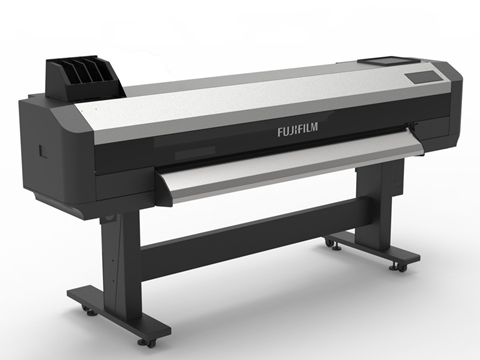
Fujifilm has announced plans to commercially launch its HS3000 single pass solution and the Acuity Triton with AQUAFUZE ink technology at FESPA 2025, as well as showcasing its Acuity Ultra Hybrid Pro with full automation.
Fujifilm and Barberan have collaborated to develop a single pass inkjet solution available in two configurations: the HS6000, capable of production volumes up to 6000 sqm/hr, and a lower volume alternative, the HS3000, due to be launched at FESPA. With a slightly smaller footprint, lower speed and a lower investment cost, the HS3000 aims to open up the possibilities of single pass to a broader audience.
Fujifilm says both the HS6000 and HS3000 can be configured depending on individual priorities and business needs. The HS series offers manual feed options from 600 boards per hour through to 2000 boards per hour.
The company is also introducing its new AQUAFUZE ink technology, designed to produce thin-film, low-pile prints with sharp detail and a scratch-resistant finish, eliminating the need for a top coat. It adds that the prints are highly durable and suitable for both indoor and outdoor applications.
According to Fujifilm, the AQUAFUZE technology combines UV LED and water-based inkjet printing, offering strong adhesion to various media without requiring a pre-coat primer or optimizer. It operates with lower energy consumption and reduced temperature drying compared to conventional water-based systems.
Fujifilm is also debuting the Acuity Triton printer, which has a 1.6m print width and apparently delivers at speeds of up to 15 sqm/hr while ensuring instant drying for immediate finishing, cutting, or laminating. The Triton seeks to minimize nozzle blockages, improve jetting stability and significantly reduce energy consumption.
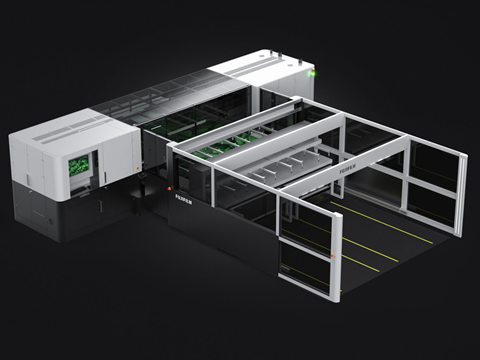
The company adds that the Acuity Ultra Hybrid Pro allows users to change quickly and easily between roll and rigid media jobs and features a ‘quick run’ option with a small roll function integrated into the bed. The printer has a 3.3m print width and is equipped with up to 32 long-life Kyocera printheads, each delivering a 3.5pl drop size and up to 10,624 nozzles per colour.
Fujifilm with be exhibiting at stands B60 and A61 at FESPA 2025.
Last month HP unveiled HP ThermaCore, its thermal inkjet (TIJ) technology designed to improve efficiency, meet global coding standards and reduce operational costs in coding and marking applications. Apparently, the new technology can achieve three times the throw distance, twice the print swath, and twice the printing speed of previous TIJ generations.
Also in March, Xaar introduced its Ultra High Viscosity Technology, said to deliver flexo print quality, reduce cost per print and minimize ink absorption into corrugated surfaces. The company states that independent research conducted by the Welsh Centre for Printing and Coating at Swansea University demonstrated that using Xaar’s Ultra High Viscosity Technology increases colour density by up to 60%.
If you liked this story, you might also enjoy:
The ultimate guide to the Packaging and Packaging Waste Regulation in 2024
How are the top brands progressing on packaging sustainability?
Sustainable Innovation Report 2024: Current trends and future priorities
Everything you need to know about global plastic sustainability regulation

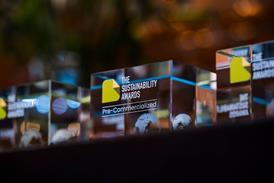
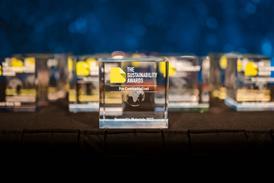


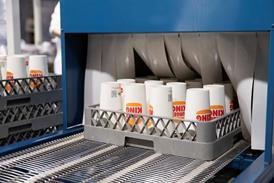














No comments yet